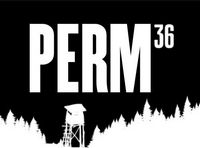
Site “GULAG. History of one camp” is devoted to the history of Perm-36, the last political zone of the Soviet Union, and the Public Museum, which was created on the remains of this zone by a group of enthusiasts.
Nowadays the museum with all its collections, archives, expositions and exhibitions is seized by the officials from the Ministry of Culture of Perm region.
This project is an attempt to create a universal model of a museum, which exists only in the virtual space and enables almost all kinds of activities of a real museum: scientific, educational, expo-exhibition and excursion.
The initiator of the creation of this resource was the International Coalition of Museums of Conscience, created in 1999, one of the founders of which was the Public Museum “Perm 36”.
© Perm-36, 2023. All rights reserved.
